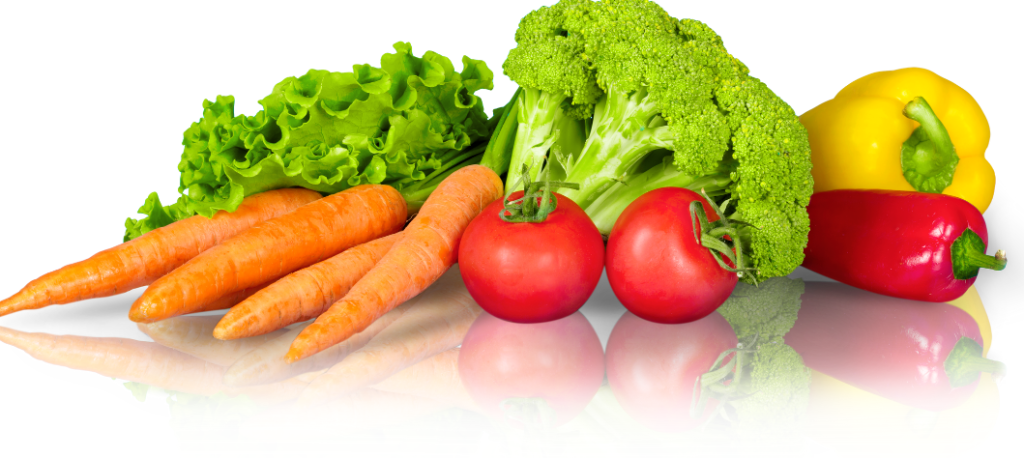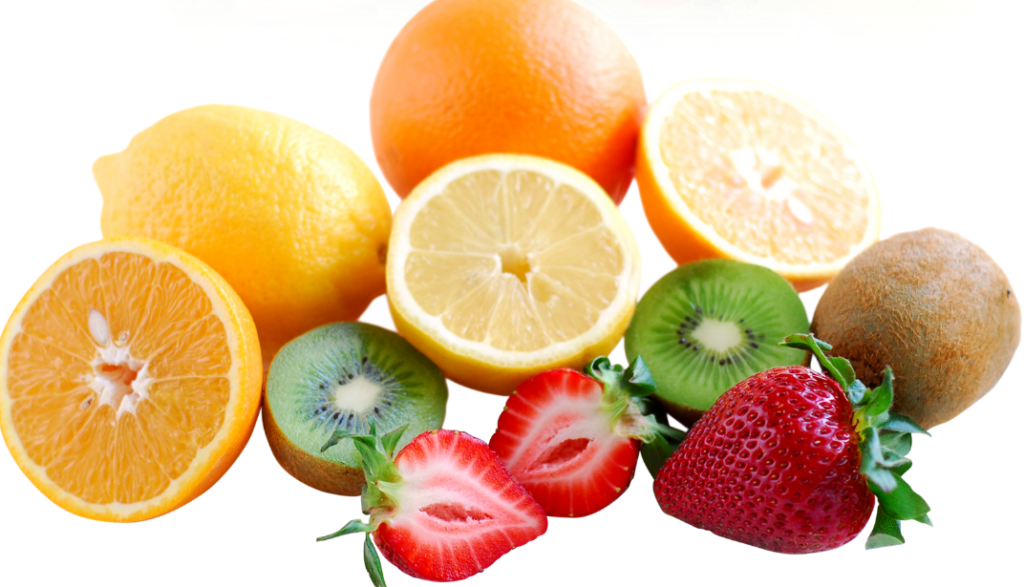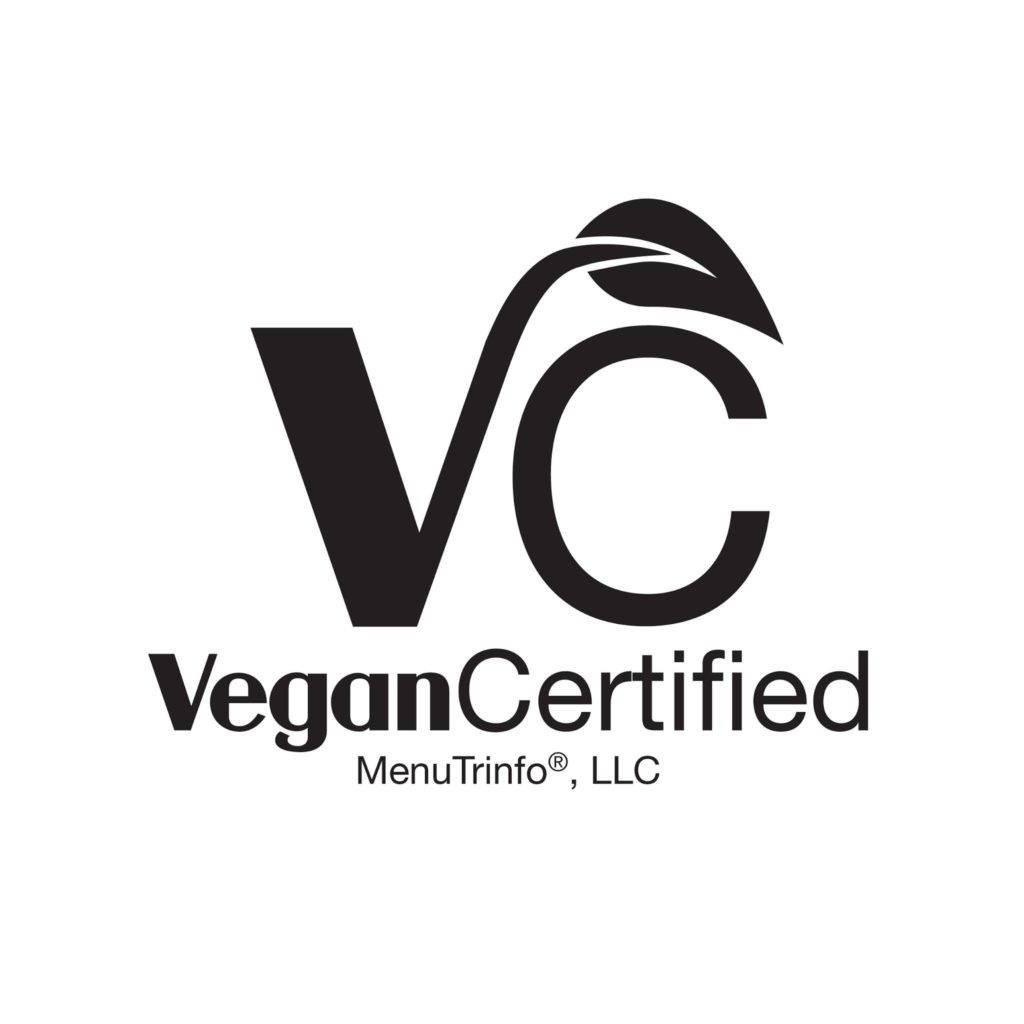In today’s nutritional world, most, if not all of us, have heard of veganism. In an nutshell, the vegan diet revolves around not consuming any animal products. At face value this is a fairly easy concept to understand: simply do not eat anything that comes from an animal. But it turns out that there are a number of pitfalls in veganism that may not be obvious to everyone. In this post, we’ll talk about the primary tenets of the vegan diet and dive into some of the lesser known components that may not be clear to the aspiring vegan.

As stated, vegans do not eat animal products. This includes all forms of meat, from bovine to poultry to seafood, which is in common with vegetarians. The difference lies in that while vegetarians may eat animal products such as dairy or eggs (technically these are lacto- and ovo- vegetarians, respectively), vegans do not. That also means products such as honey and gelatin which comes from boiling down the connective tissue of animals. This is the basic core of veganism, but it gets complicated.
There are some animal products that can also be vegan friendly and/or plant-based. For example, chitin is a substance found in arthropods – think of the hard “skin” of animals like insects and shellfish. Chitin can also be found in mushrooms, which are vegan. So when you see chitin in the ingredients list of a food product, it may or may not be vegan. Another tricky culprit is L-cysteine. It is used as a dough conditioner and to extend the shelf-life of foods. L-Cysteine is found in feathers, hair, and horns. However, it can also be synthesized in a lab, making it hard to know whether your bagel is vegan or not. There are many instances where a presumably vegan product may in fact contain hidden animal products.

Did you know that a food might not contain an animal products yet still may not be vegan? Vegan also means that no animal products may be used in the production of the food, which means that you cannot simply refer to the ingredients label. A good example of this is refined sugar. In some sugars, bone char is used to “clean up” the sugar and remove coloration. Bone char is the powder from incinerating and pulverizing cattle bone. And while no bone char is present in the final refined sugar product, because it came from an animal and was used in the production process, that food is not considered to be vegan. When in doubt, sprinkle your bagel with unrefined raw sugar.
In the same line of reason, a food product is also not vegan if it was tested on animals to be deemed safe for human consumption. Humans have been eating food for a long time, so fortunately there aren’t too many instances where this is a concern. However, some of the artificial food products fall into this category. This includes artificial dyes and sweeteners, which can be quite pervasive. Luckily there are natural alternatives to these products. Just be careful! Remember the lesson about sugars above, and some food colorings such as cochineal which comes from crushed insects are not vegan at all. Make sure your bagel isn’t dyed red or artificially sweetened.
An additional consideration when selecting a vegan products is whether or not animal labor was used in the production of that food. We think back to the atavistic days of horse drawn plows and cattle turned grinding millstones. Though not terribly common these days, and regardless of whether these beasts of burden enjoy their labor, the practice of using animals to produce food is not considered vegan. But how on Earth could we possibly know the production process of the flour going into our unfortunate bagel? Wouldn’t it be great to just know if a product was vegan or not?
MenuTrinfo has some exciting news for the vegan community. We are currently working on a Vegan Certification which will take the guess work out of eating vegan. Our standards will go above and beyond other vegan labels so that you can rest easy knowing we did the hard work for you. Keep an eye out for news and updates regarding this new adventure!




